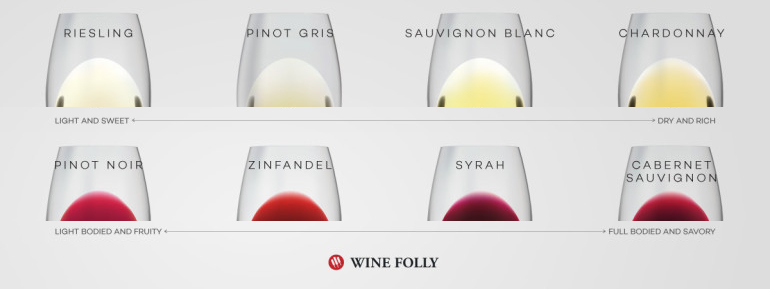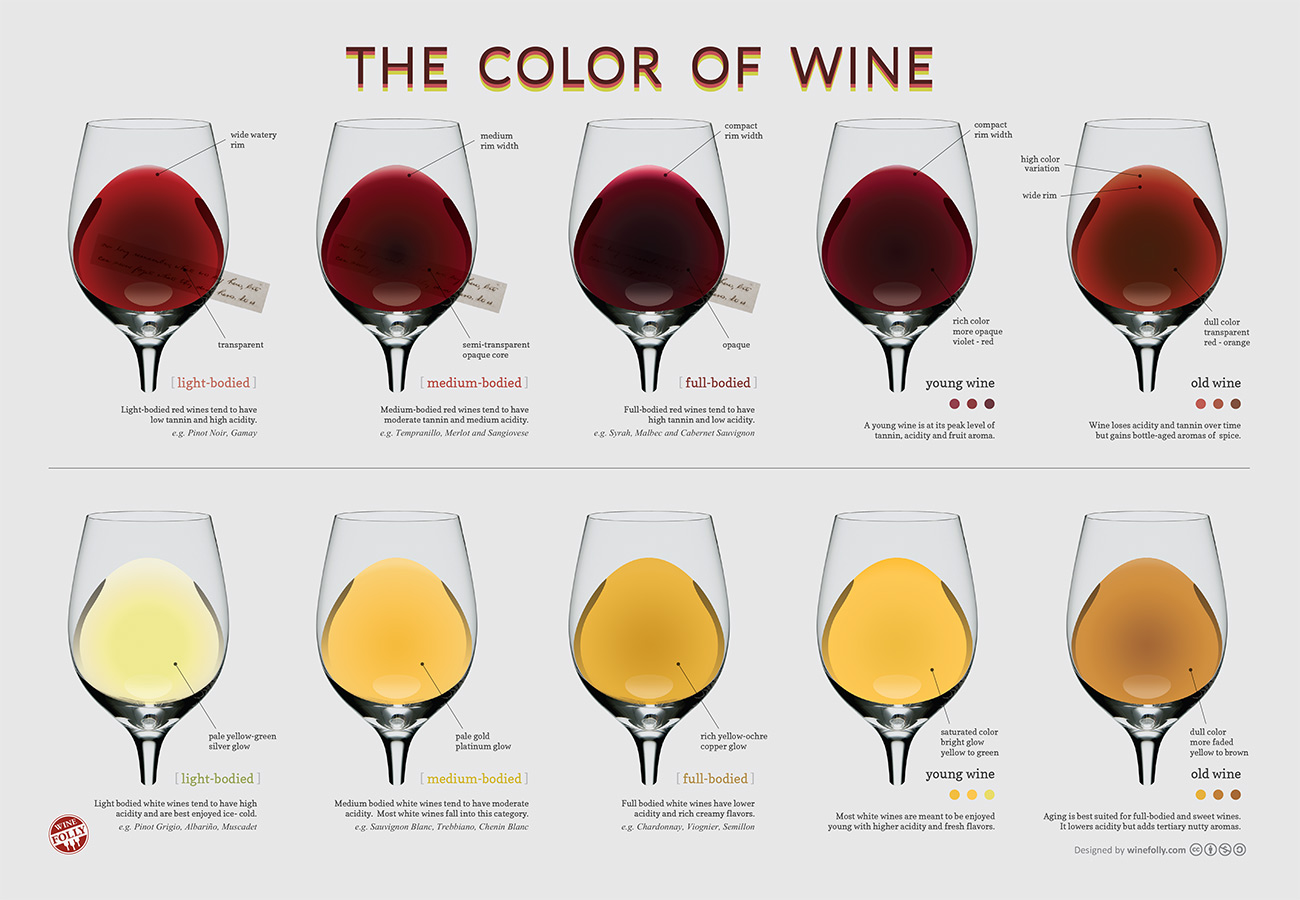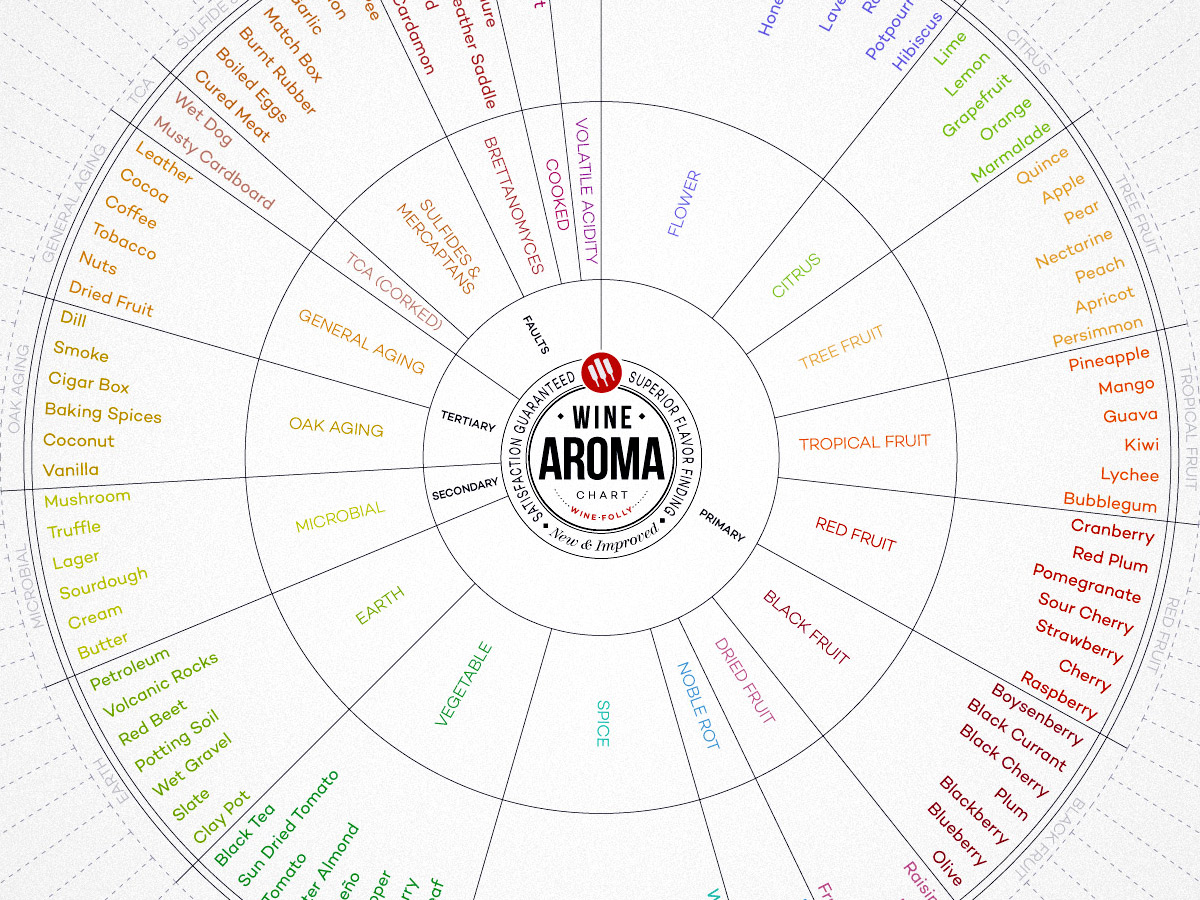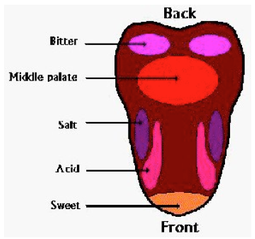March 30, 2016 |
Wine Tasting Notes |
Marina Elettra Snow
How To Teach Your Nose Wine Tasting

Passing the exam of the first level FISAR Sommelier course was serious work. I learned so much in a relatively contained period of time, and for me double trouble because it was all in my SECOND language. But, I did it!
The first course involved achieving a significant level of knowledge about winemaking in general, and believe me, there is a lot to know! We studied everything from:
-
Viticulture — The cultivation of grapes and vines
-
Enology — The science of turning grapes into wine
-
Government disciplines required of wine producers (What makes a DOCG prosecco or wine)
-
The art of wine tasting, with in-depth evaluation training from the sensory perspective (nose, palate and visual)
While it is fun to taste wines on the weekend, as I’m sure you’ve done, there is, once again, a large body of information and technical guidance to help you identify the flavors in wine.
Tools of The Trade
Fortunately there are lots of tools to help you identify qualities in a wine, such as the color chart and perfume wheel. But the most important thing about wine tasting is to teach your nose to remember smells. Don’t laugh at someone if you see them smelling everything they can. They are probably studying to be a sommelier!

Learning to Smell
This is probably the most important part of wine tasting. It is the way that we can identify if a wine is defective, but more importantly we can judge a wine’s quality, age and even (if you’re really good at it) the type of wine it is before reading the label!
As you can see on the wheel’s inner most circle there are four main areas: Primary, Secondary, Tertiary and Faults. For each section there is a wide range of possible aromas. The main and most common are listed on the wheel, but sometimes a trained nose may come up with something unexpected!
-
Primary aromas come from directly from the grapes. You will immediately notice typical notes from certain types of grapes, such as hints of fresh cut grass in a Sauvignon Blanc.
-
Secondary aromas come from the winemaking process. Fermentation creates bacteria that imitate familiar smells; for example, the buttery smell of a Chardonnay.
-
Tertiary aromas come from the aging process, which is responsible for what would usually be classified as nutty or spicy aromas. When you smell vanilla in your big, bold red you can be sure it has spent some time in wood!
-
Faults can, and should, be identified immediately when evaluating a wine. The most common one being the “corked” odor, which is actually caused by bacteria in the actual cork. The poor wine doesn’t stand a chance and has nothing to do with the actual quality of the wine; that bottle just got unlucky. In this case you must send it back and in all cases the restaurant or retailer will be happy to replace it with another bottle.

Teach Your Tongue To See Flavors
In addition to learning how to identify the color, transparency and brightness of a wine, and training the nose for the olfactory (smell) examination of a wine, there’s also the aspect of how to use our tongue when tasting wine. Who knew that tasting is so specific, yet relatively easy to learn!?
The taste buds on our tongue are only activated when certain taste sensations are present in what we drink (or eat for that matter). So, as you can see in the diagram below, learning to feel where your taste buds are activated on your tongue helps you identify qualities of the wine.
In addition to identifying a wine’s sweetness, acidity or bitterness, the tongue identifies the texture. This is how you identify “tannins” in a wine, which is what gives you the sensation of dryness in the middle palate area.


